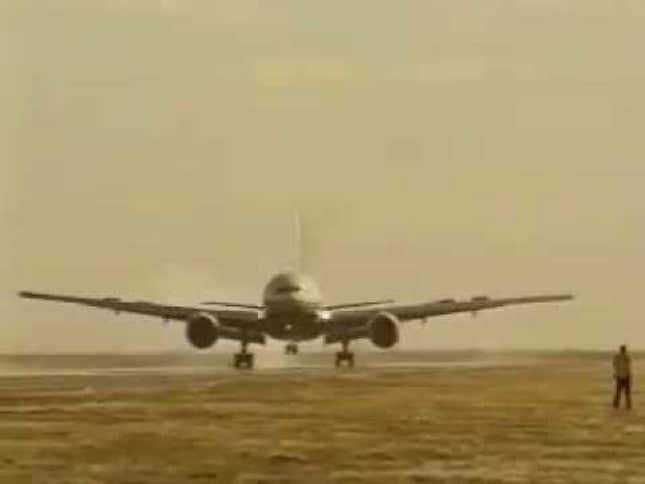the SR-71 was claimed to have hit 2,700 MPH

Her husband and kids had a definite “oh great, here were go” look on their faces.
Don’t fuck with Russia.
:)
They do have Pavlova. Here’s a fun party game: Get a Kiwi and an Aussie in the same room. Ask which one of their countries invented Pavlova. Back away slowly...
A double check always help to see errors like this in the future.
You would indeed probably only need two from a pure thrust perspective. However you’d have to make some drastic modifications to the airframe. For a start, the rudder would have to be significantly enlarged to handle engine out situations. You’d also have to rerig the wing spars given the very different load…
Agreed 1000-fold.
That’s the one. And you are correct that he had been taught to use vigorous rudder inputs. Both Airbus and Boeing had written to American Airlines before the crash to state that this was very much incorrect technique. Training has indeed been updated.

If you look at how large airliners land, they do tend to decrab at the last minute and not dip a wing. The gear can take rather dramatic side loads. Check out this video. The wings are pretty much level all the way to touchdown. In contrast, if you watch a high and straight wing turboprop like a Dash-8, you’ll see…
You would use the rudder when decrabbing (straightening out) the plane in a crosswind, right on touchdown and not before. Also you input rudder in an engine out situation. That’s about it.
Fair point.
Even among light pistons different planes have different characteristics. A Cessna 172 is different from a Piper Warrior, and they’re both different from a light twin like a Duchess. Not so different as to be a problem going from one light piston to another but they are different.
If you look at the pitch and bank angles they aren’t really that large, with the exception of the last wing drop. The fact that pitch and bank are changing rapidly doesn’t make the approach unstable unless the angles go outside limits.
Apples and oranges. I don’t think one is better than the other but for sure the initial training of European and American pilots differs drastically. In the US, you are expected to do at least 1500 hours before you can right seat an eggbeater at a regional (or more likely fly solo night freight in a Caravan). Before…
Regulators and operators have strict guidelines for weather limits. The pilots would not have started the approach unless the weather was within limits. If at any point the approach becomes destabilized, that would mean a mandatory go around.
It is impossible to tell that from the video. Gusting winds are variable by definition. The planes before and after had similar but not identical conditions.
The wing low and opposite rudder method is not used in swept wing jets. If nothing else, with underslung engines it can cause a nacelle strike. Big jets crab into the wind until just before or at touchdown, then decrab. Only aileron and elevator used except for decrabbing with rudder.
In swept wing jets you almost never use the rudder. The exception is an engine out situation. The rudder does move but without pilot input. It is controlled by the yaw damper so that turns are coordinated.
It’s Western Europe. All neighbouring countries apart from the UK are in the Schengen Area, meaning there are no border controls and a common visa requirement.

